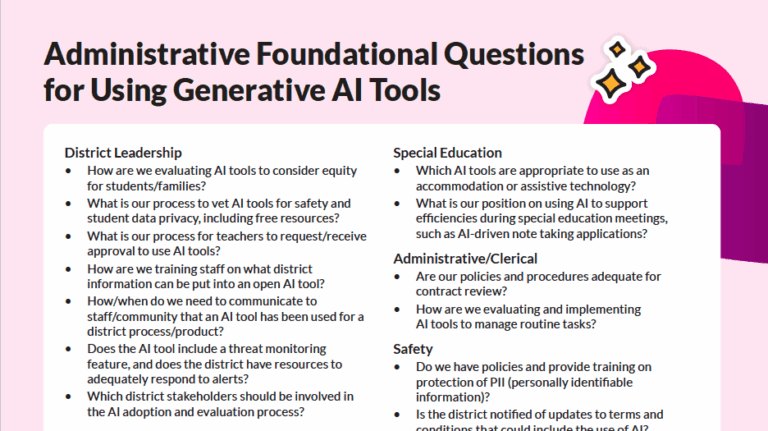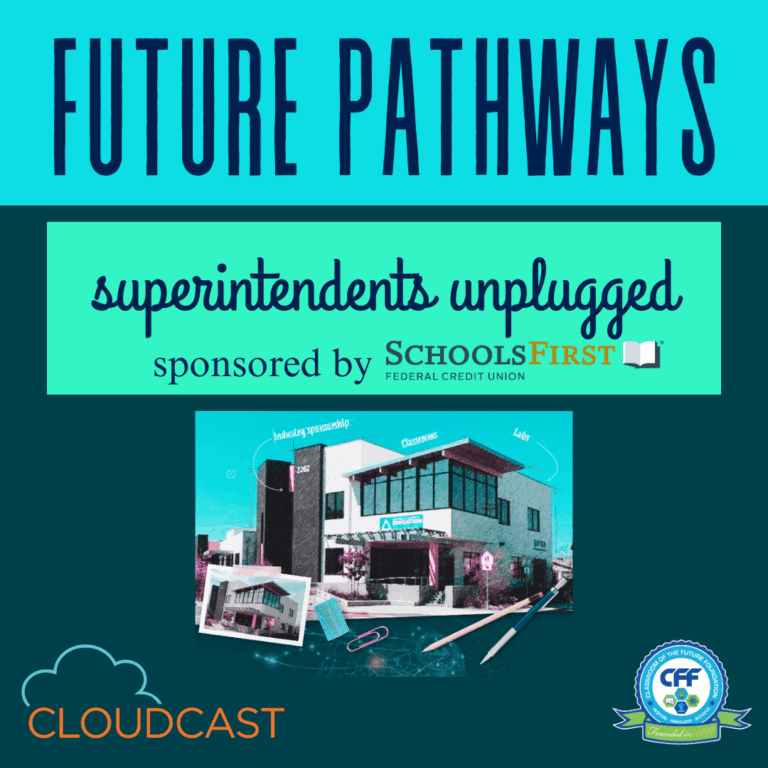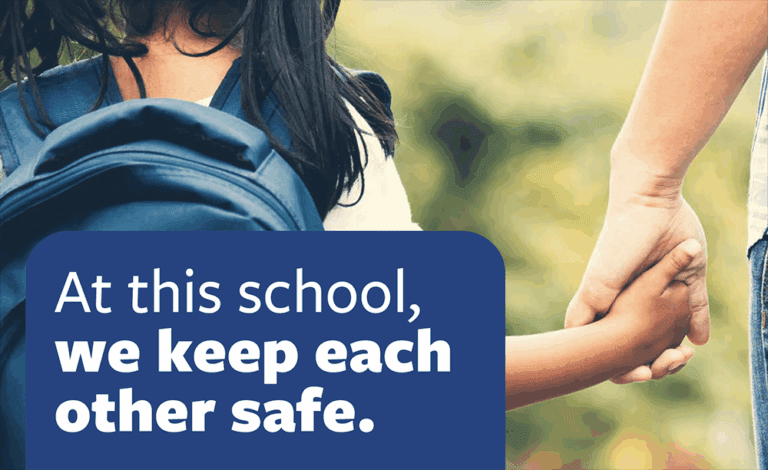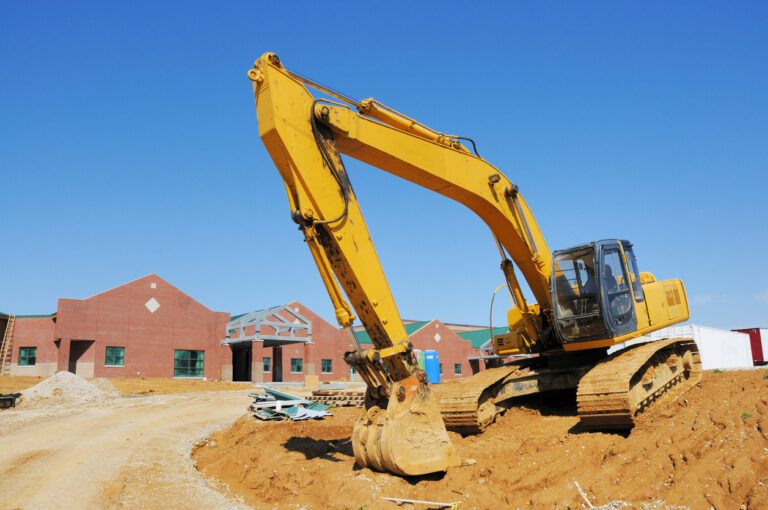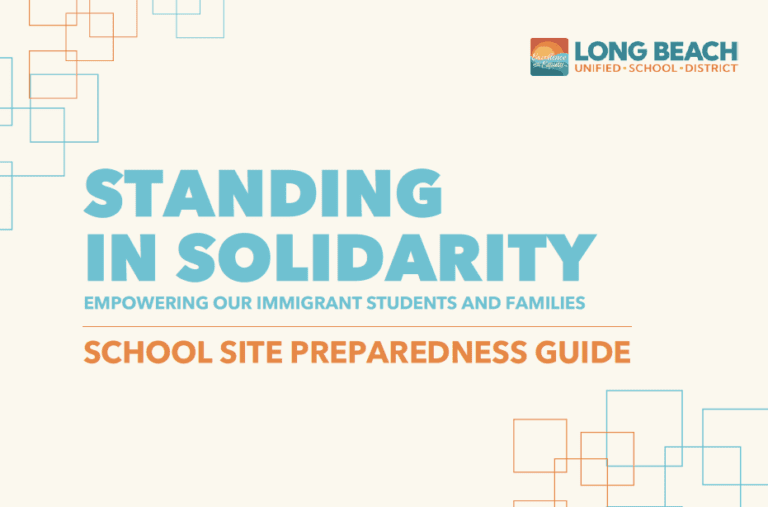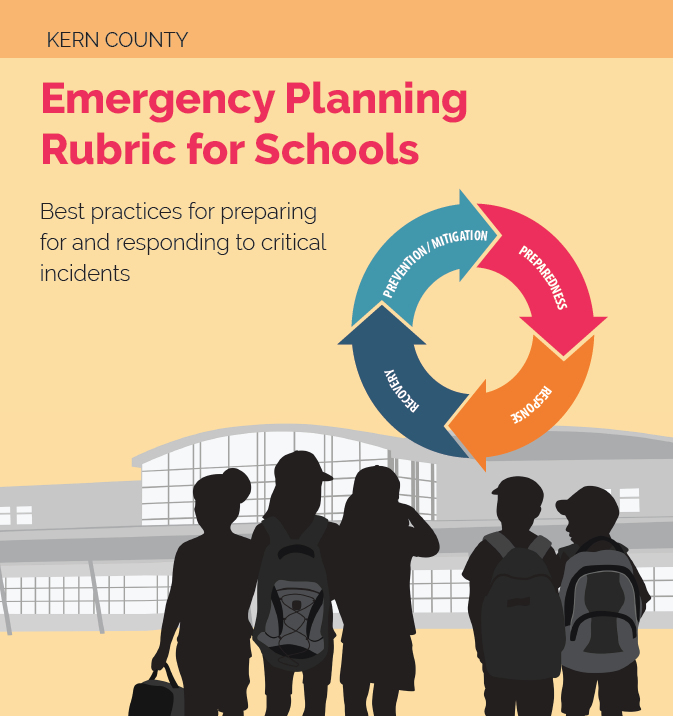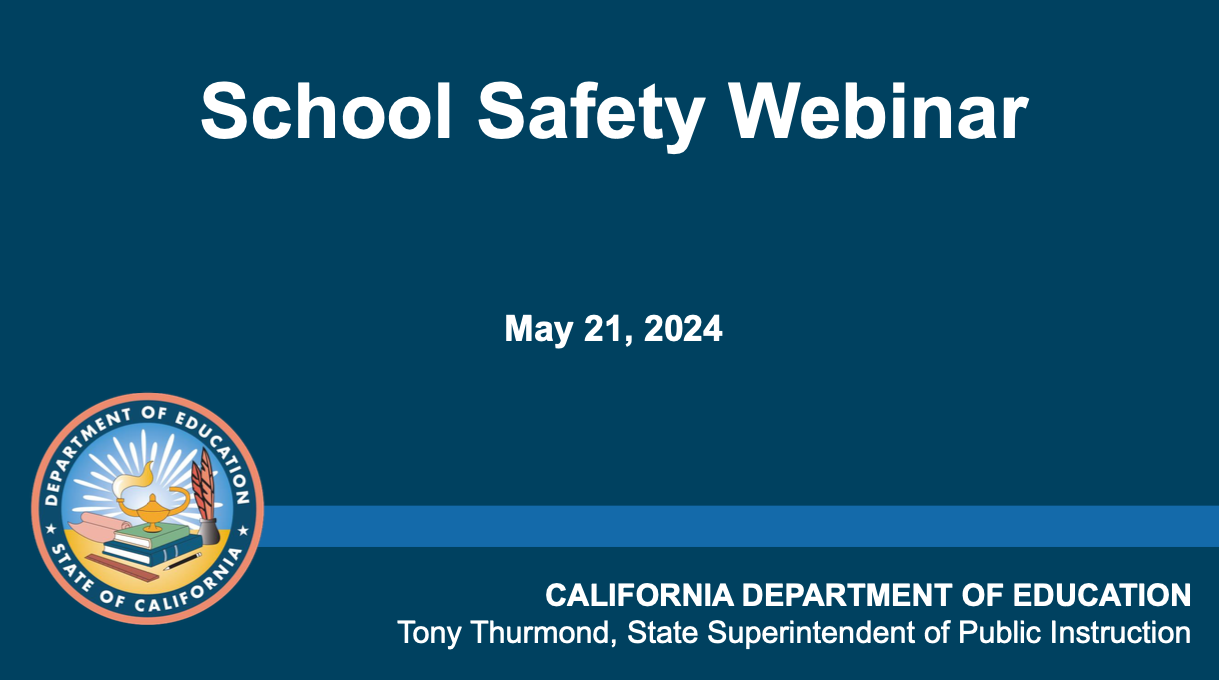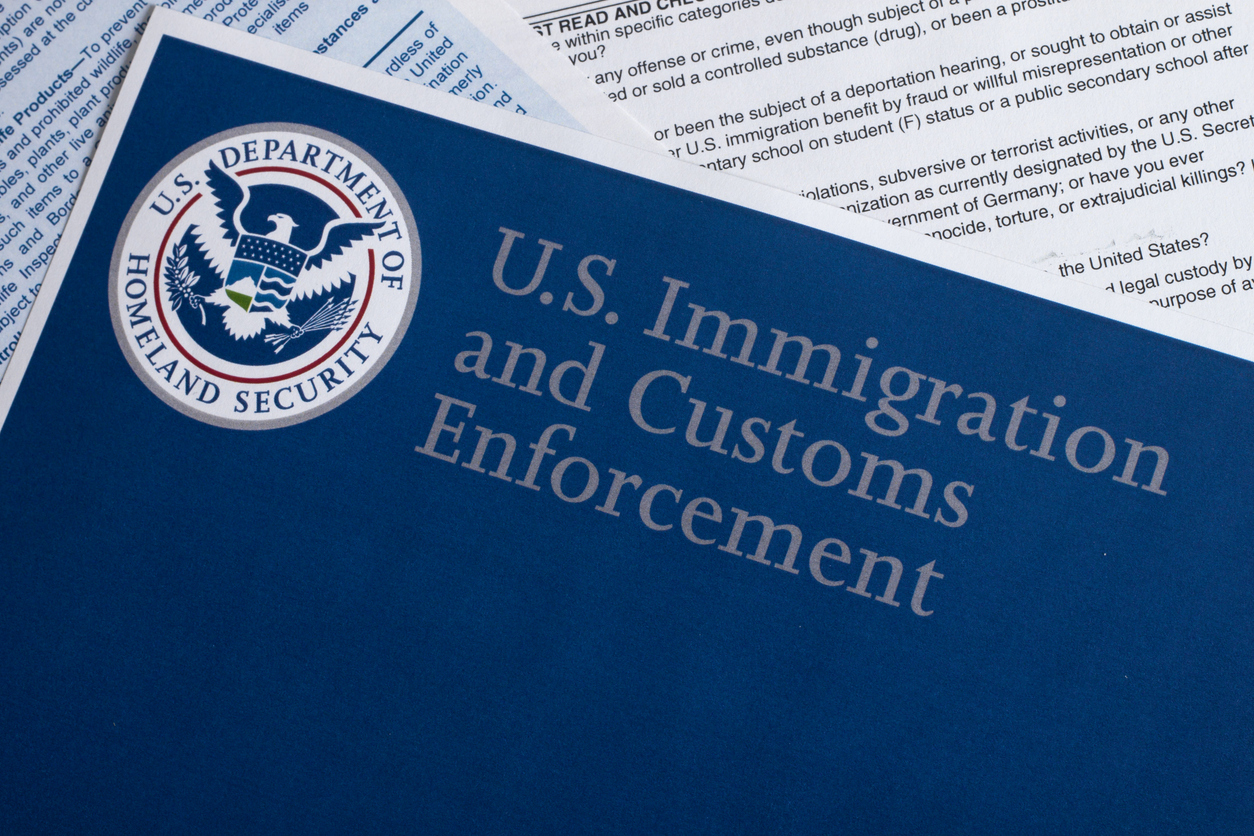
This resource is provided by ACSA Partner4Purpose Navigate360.
Creating a safe learning environment is one of the most critical responsibilities for California school administrators. From natural disasters like earthquakes and wildfires to the rise in active shooter threats, your schools must be equipped with comprehensive tools and training that prioritize both physical and emotional well-being. Explore the key elements you should consider when building or enhancing your district’s safety program.
Conducting Risk Assessments
The first step in building a comprehensive safety plan is conducting a professional risk assessment. These assessments review physical security measures, access control systems, and environmental hazards that could impact the safety of students and staff.
For California schools, which face risks like earthquakes, wildfires, and other natural disasters, risk assessments must account for both man-made and environmental threats. By identifying these vulnerabilities, you can prioritize safety improvements and allocate resources to address the most pressing risks first, ensuring your schools remain safe and compliant.
Developing a Comprehensive Safety Plan
Once risks are identified, the next critical step is developing a well-structured safety plan. California school districts are required to comply with state mandates for comprehensive school safety plans that cover a wide range of scenarios, from fires to active shooter incidents.
A strong plan ensures that you and your staff are ready to respond to emergencies quickly and in line with established protocols. Emergency Management solutions can assist by offering state-specific Emergency Operation Plan (EOP) templates that make compliance easier and help you tailor plans to the unique risks your district faces. For example, Navigate360’s solution has a pre-loaded EOP template specific to California.
Emergency management solutions can also help manage, track, and conduct regular safety drills, ensuring your district stays compliant with state regulations.
Enhancing School Security with Visitor Management
While risk assessments and safety plans cover major incidents, day-to-day security is equally important. A Visitor Management solution helps you maintain control over who enters and exits school grounds, providing an additional layer of security.
Visitor management ensures that only authorized individuals have access to your school facilities, helping to prevent potential threats and maintaining a safe learning environment. Especially when integrated with an emergency management solution, visitor tracking plays a vital role in your school’s broader safety strategy.
The Importance of Active Shooter Response Training
Unfortunately, active shooter incidents remain a significant concern for schools nationwide. With many incidents ending before law enforcement can arrive, quick action is critical. Equipping your staff and students with the skills to respond effectively during an active shooter situation is essential.
ALICE Training® (Alert, Lockdown, Inform, Counter, Evacuate) is a widely recognized program that teaches staff to assess situations and take appropriate actions in real time. Rather than relying solely on lockdown procedures, ALICE emphasizes proactive decision-making, teaching individuals how to evacuate, barricade, or counter a threat when necessary. Schools that implement active shooter training significantly reduce the risk of casualties by empowering staff to act swiftly and confidently.
Ensuring Safety with a Layered, Holistic Approach
To truly safeguard students and staff, your district needs to adopt a layered, holistic approach to safety. This approach goes beyond individual safety measures, integrating risk assessments, emergency management, visitor management, and active shooter response training into a cohesive strategy.
Holistic solutions like Protect360 offer a comprehensive framework that brings together various elements of school safety, from emergency planning to real-time communication systems. This ensures that all safety measures work together, providing you with the flexibility and readiness to handle any situation.
By regularly reviewing safety protocols, engaging your school community, and leveraging advanced safety tools, you can create an environment where students, staff, and parents feel secure. A proactive, layered approach to safety ensures that your district is not only compliant with state regulations but also fully prepared to handle the diverse challenges that today’s schools face.













